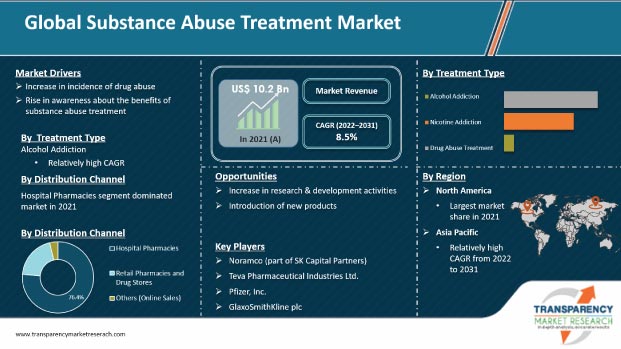The 3-Minute Rule for Gaming Addiction Disorder How Treatment
Furthermore, keeping medications greatly (which of the following is the most common pharmacological treatment for addiction?).
increases the danger of regression to illegal opioid use and overdose death. Years of research study have revealed that the benefits of MAT considerably surpass the dangers related to diversion. Drug diversion. A medical and legal principle involving the transfer of any lawfully prescribed controlled substance from the person for whom it was recommended to another individual for any illicit use. Drug Enforcement Administration (DEA ). OTPs are mainly outpatient programs( around 95 percent) that provide pharmacotherapy in mix with behavior modifications and other RSS. how to use yale food Drug Rehab Facility addiction chart in treatment. OTPs integrate concepts of damage reduction and advantage Drug and Alcohol Treatment Center both program individuals and the neighborhood by minimizing opioid usage, death, criminal activity connected with opioid use conditions, and transmittable disease transmission. Individuals receiving medication for opioid use disorders in an OTP must at first take their dosages daily under observation.138,139 After a duration of orientation, patients are generally started at a dosage https://postheaven.net/viliagbq5i/andquot-the-substances-alleviate-the-pressure-thatand-39-s-connected-to-that of 20 to 30 mg and gradually increased to 80 mg or more per day, until craving and opioid abuse are significantly reduced. In addition, in May 2016, an implantable formulation of buprenorphine was authorized by the FDA. For people who are already on a stable low to moderate dosage of buprenorphine, the implant provides a continuous low dosage of buprenorphine for 6 months. Buprenorphine is connected with enhanced outcomes compared to placebo for individuals (including pregnant ladies and their infants) with opioid use disorders, and it works in lowering prohibited opioid use.

